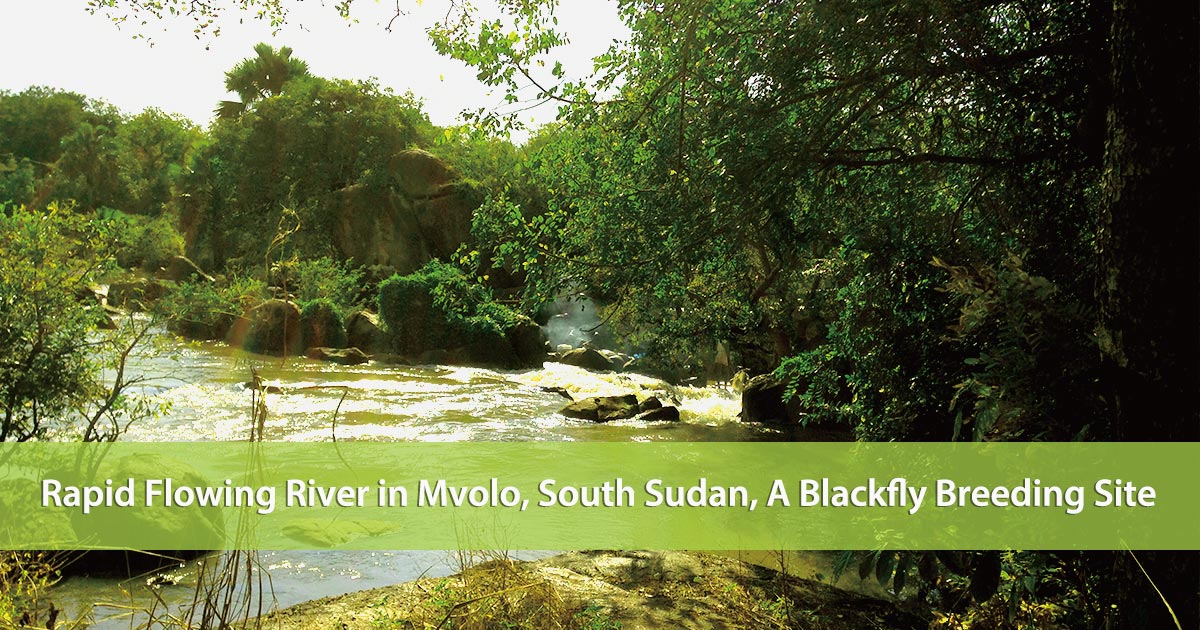Onchocerciasis and River Epilepsy in 2022
A special issue of Pathogens (ISSN 2076-0817). This special issue belongs to the section "Parasitic Pathogens".
Deadline for manuscript submissions: closed (31 December 2022) | Viewed by 8866

Special Issue Editors
Interests: onchocerciasis; epilepsy; epidemiology; public health; infectious and tropical diseases
Special Issues, Collections and Topics in MDPI journals
Interests: onchocerciasis; parasite biology; nematodes
Special Issues, Collections and Topics in MDPI journals
Special Issue Information
Dear Colleagues,
Onchocerciasis-associated morbidity, and more specifically, onchocerciasis-associated epilepsy (OAE), is a major neglected public health problem in many remote areas of Africa with high transmission rates or where control and elimination programmes based on mass drug administration (MDA) of ivermectin may be weaker or have only started more recently. It is estimated that in Africa, there are approximately 300,000 persons with OAE, which could have been prevented through improved onchocerciasis elimination efforts.
Despite strong epidemiological evidence that O. volvulus is able to trigger seizures, the pathophysiological mechanism of how this may happen remains obscure. Direct invasion of parasites in the central nervous system seems unlikely since no O. volvulus microfilariae or DNA could be detected in the cerebrospinal fluid of persons with OAE, nor in brain samples from persons who died of OAE. It has been suggested that neurotoxic cross-reacting O. volvulus antibodies may play a role, but this has not been confirmed. O. volvulus releases a wide range of excretory/secretory products (ESPs) into the host environment. However, very little is known about the function of these ESP. A better knowledge of the biology of O. volvulus seems to be critical to elucidate the pathophysiology of OAE.
For this Special Issue of Pathogens, we invite you to submit research articles, review articles, short notes, as well as communications that could contribute to a better understanding of the link between onchocerciasis and epilepsy. This includes papers about the epidemiological and clinical aspects of OAE, potential pathophysiological mechanisms, basic research about O. volvulus, and, very importantly, research about how to prevent and treat river epilepsy. We look forward to your contribution.
Prof. Dr. Robert Colebunders
Prof. Dr. Jacob Souopgui
Guest Editors
Manuscript Submission Information
Manuscripts should be submitted online at www.mdpi.com by registering and logging in to this website. Once you are registered, click here to go to the submission form. Manuscripts can be submitted until the deadline. All submissions that pass pre-check are peer-reviewed. Accepted papers will be published continuously in the journal (as soon as accepted) and will be listed together on the special issue website. Research articles, review articles as well as short communications are invited. For planned papers, a title and short abstract (about 100 words) can be sent to the Editorial Office for announcement on this website.
Submitted manuscripts should not have been published previously, nor be under consideration for publication elsewhere (except conference proceedings papers). All manuscripts are thoroughly refereed through a single-blind peer-review process. A guide for authors and other relevant information for submission of manuscripts is available on the Instructions for Authors page. Pathogens is an international peer-reviewed open access monthly journal published by MDPI.
Please visit the Instructions for Authors page before submitting a manuscript. The Article Processing Charge (APC) for publication in this open access journal is 2200 CHF (Swiss Francs). Submitted papers should be well formatted and use good English. Authors may use MDPI's English editing service prior to publication or during author revisions.
Keywords
- onchocerciasis
- epilepsy
- pathogenesis
- epidemiology
- ivermectin
Benefits of Publishing in a Special Issue
- Ease of navigation: Grouping papers by topic helps scholars navigate broad scope journals more efficiently.
- Greater discoverability: Special Issues support the reach and impact of scientific research. Articles in Special Issues are more discoverable and cited more frequently.
- Expansion of research network: Special Issues facilitate connections among authors, fostering scientific collaborations.
- External promotion: Articles in Special Issues are often promoted through the journal's social media, increasing their visibility.
- e-Book format: Special Issues with more than 10 articles can be published as dedicated e-books, ensuring wide and rapid dissemination.
Further information on MDPI's Special Issue polices can be found here.







